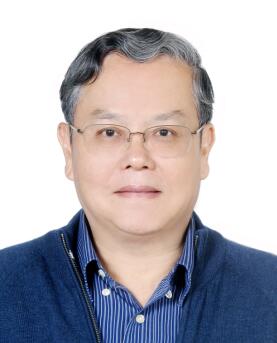Abstract—The safety of Filipino children from contaminants is of primary importance since they hold the future of the Philippines. They must be safeguarded from hazards that will affect their mental and physical health. Lead contamination can result to an array of adverse effects particularly neurologic dysfunction. This contaminant must be monitored and removed from its sources. In general, this study aimed to determine the presence or absence of heavy metal lead in packaged snacks, powdered fruit juices and distilled water. Specifically this study aimed to determine the actual concentration in parts per million (ppm) of lead in the consumer products analyzed. It was also aimed to compare the values with allowable safety standard limits set by United States Environmental Protection Agency (EPA) and Agency for Toxic Substances and Disease Registry (ATSDR) . Further, blood levels in children were aimed to be computed based on the obtained concentrations of lead in the samples tested. Results of this study showed the presence of heavy metal lead in packaged snacks, powdered fruit juices and distilled water. For snack goods all samples except PSG10 went above the allowed safety limit of lead in food at 0.5ppm and projected blood levels at 10ug/dL. For powdered fruit juices, none went above the allowed safety limit of lead in food at 0.5ppm. PFJ2,5 and 7 went a little beyond the safe projected blood level of 10ug/dL while the rest went below it. All distilled water samples analyzed went above the allowed safety limit for lead at 0.015ppm. All projected blood levels went above the safe limits except for BDW8.
Index Terms—Distilled water, Fruit juices, Lead, Packaged snacks.
Judilynn N. Solidum is with University of the Philippines, Manila (email:graloheus@yahoo.com).
[PDF]
Cite: Judilynn N. Solidum, "Safety of Children from Lead in Packaged Snacks, Fruit Juices and Distilled Water Marketed in Manila,Philippines," International Journal of Chemical Engineering and Applications vol. 3, no. 5, pp. 320-322, 2012.



